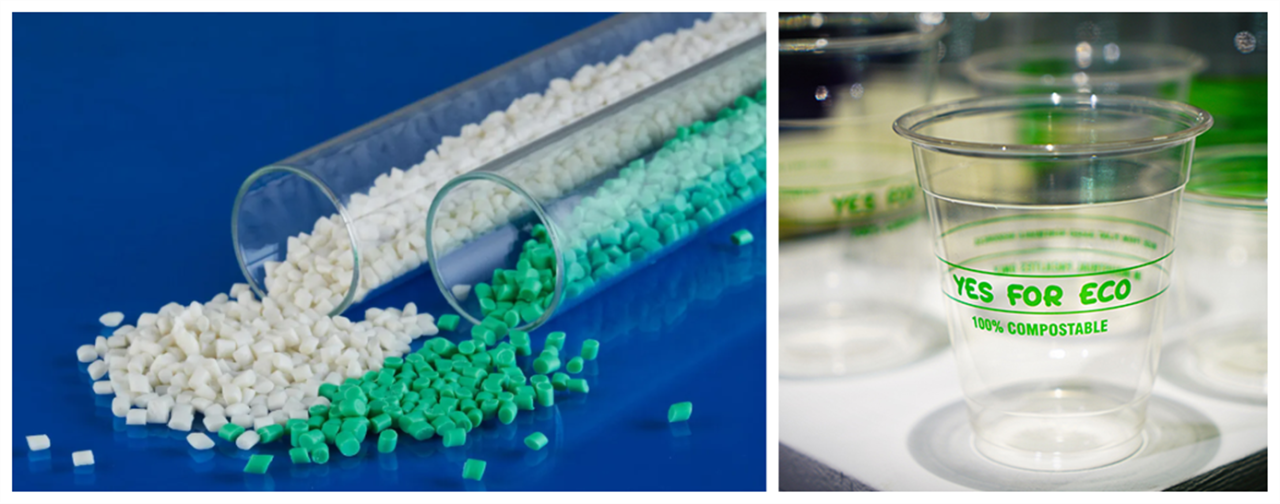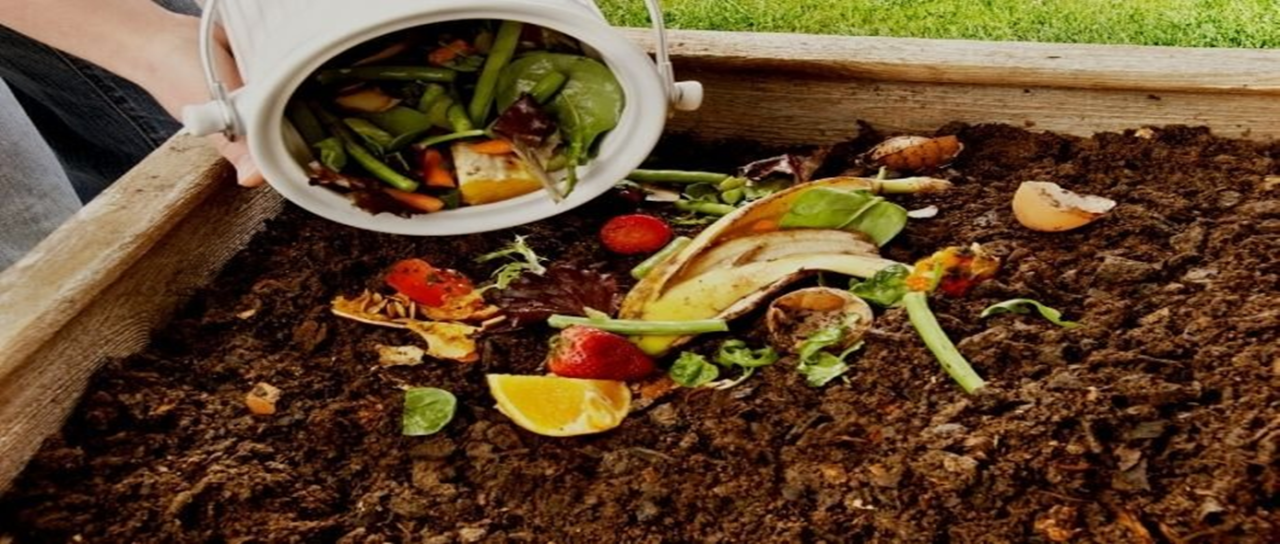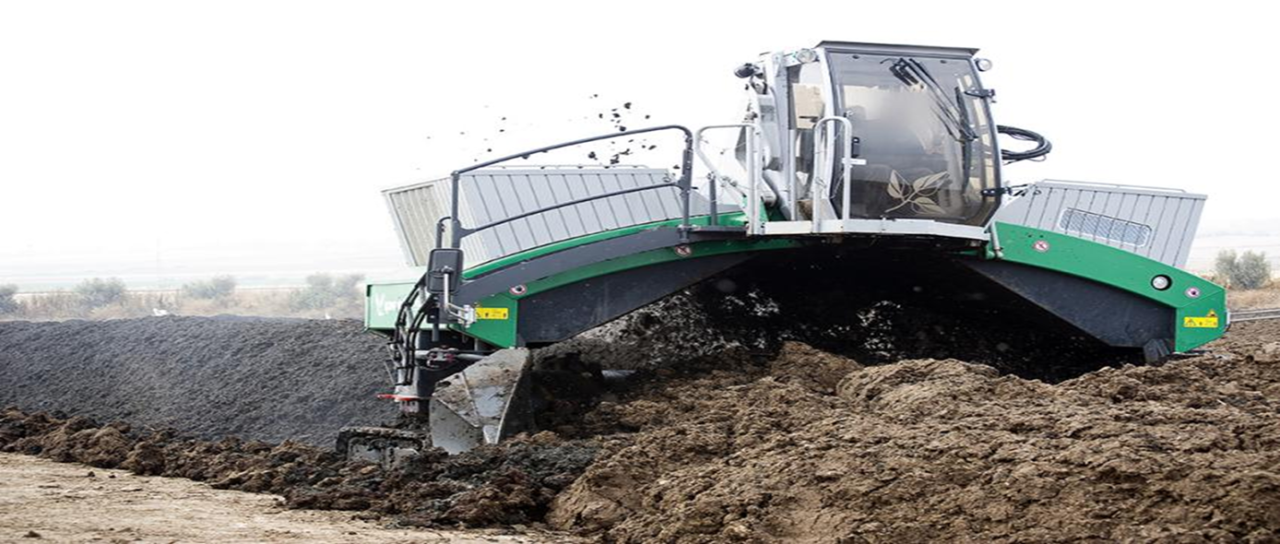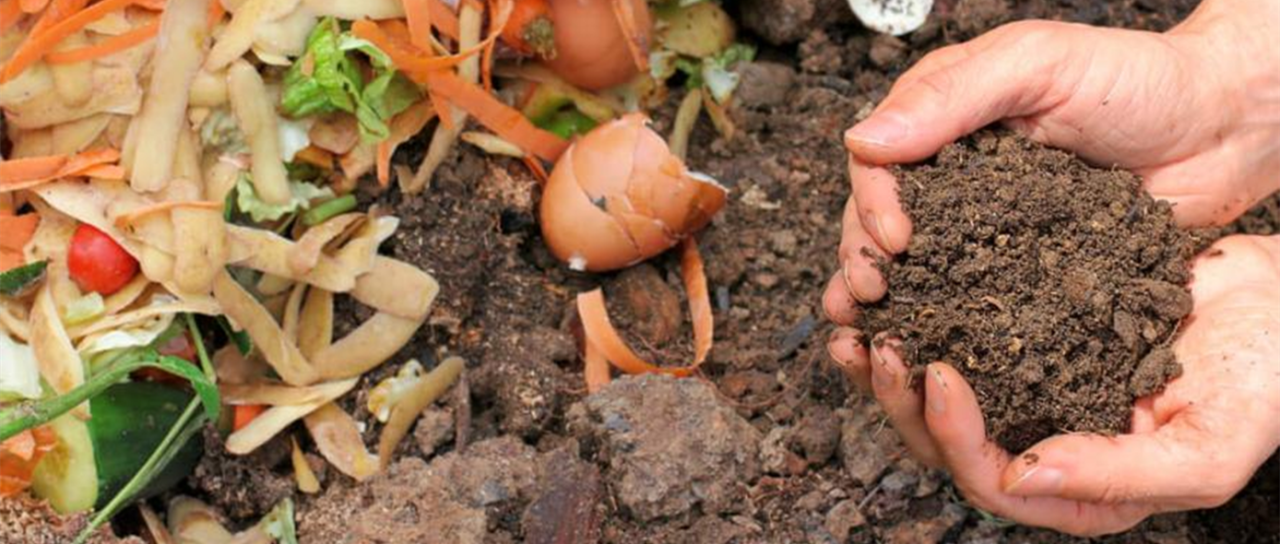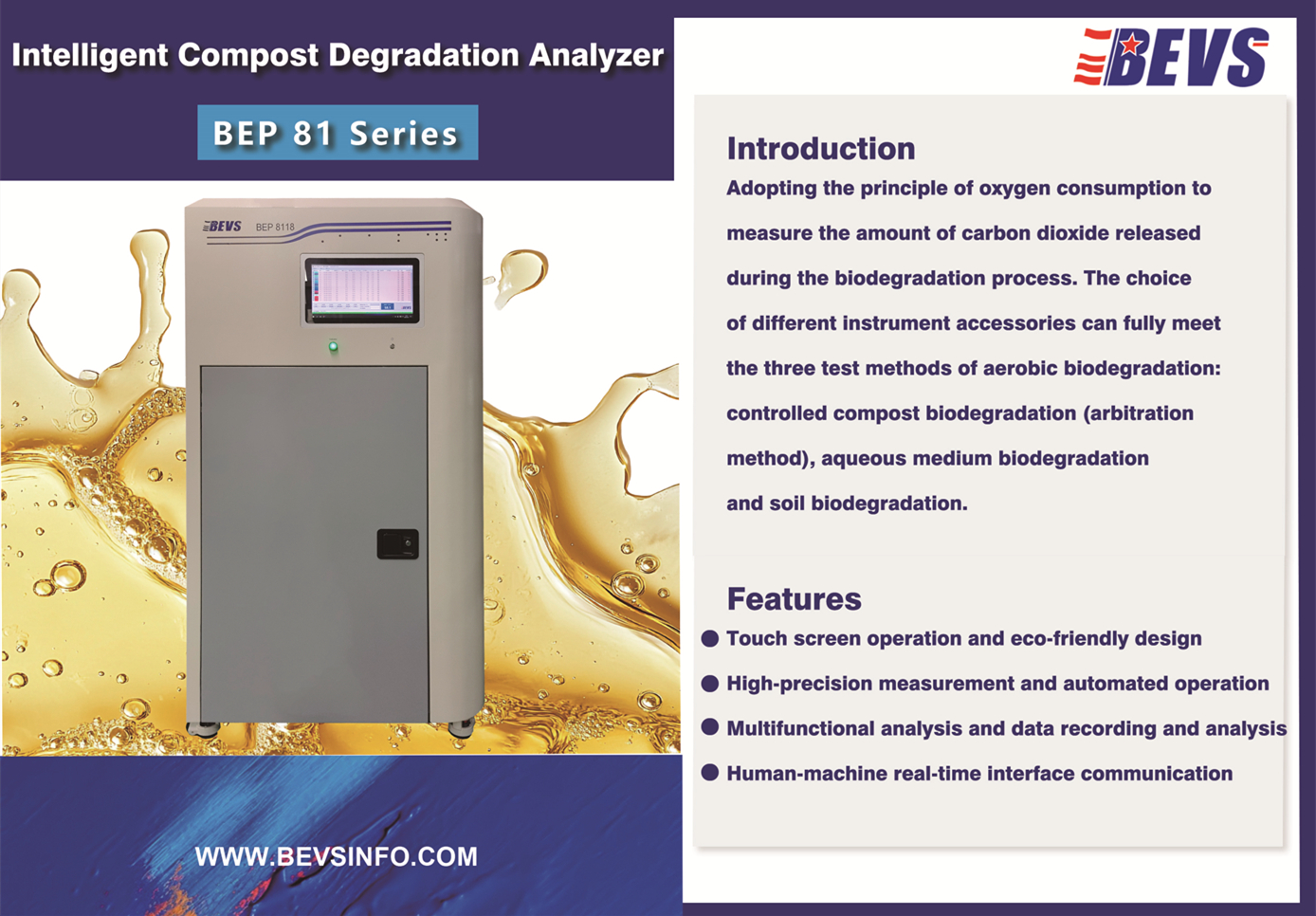Produkt
- Dissolver
- Dichte / Kornfeinheit
- Viskosität
- Intelligentes Kegel- und Platten Viskosimeter
- Intelligentes Rotationsverdünnungs Viskosimeter
- Krebs-Spindel-Viskosimeter
- Krebs-Spindel-Viskosimeter (manueller Typ)
- DIN Auslaufbecher mit Griff
- DIN Auslaufbecher
- ISO Auslaufbecher
- AFNOR Auslaufbecher
- Zahn Auslaufbecher
- FORD Auslaufbecher
- Iwata Auslaufbecher
- Cup Stand
- Film Applikation
- Automatisches Filmaufziehgerät kompakt
- Automatisches Filmaufziehgerät
- Spaltrakel
- Zweiseitiger Filmaufziehrahmen
- Lackhantel bzw. Vier-Schichtrakel
- Vierseitiger Applikator mit Reservoir
- Würfelförmiges Filmaufziehgerät
- Einstellbares Filmaufziehgerät
- Ablauf-Prüfrakel
- Verlauf-Prüfrakel
- Spiralrakel
- Halter mit Griff für Spiralrakel
- Prüfkarten
- Einstellbares Filmaufziehgerät (digital)
- Applikations Koffer
- Prüfblech Beschichtungsautomat
- Trockenzeit
- Schichtdicke
- Temperatur
- Farbe / Glanz
- Haftfestigkeit
- Härte
- Deformation
- Abrieb, Scheuer/Waschbeständigkeit






